DIYbio Lab
We're building a DIYbio lab, including custom-building the equipment.
We're building a DIYbio lab, including custom-building the equipment.
To make the experience fit your profile, pick a username and tell us what interests you.
We found and based on your interests.
July 22, 2019 | ProgressTH Here is a video providing an overview of our magnetic stirrer including assembly instructions and the stirrer in action.
Follow ProgressTH.org on Twitter here. We're also on Instagram now.
July 20, 2019 | ProgressTH Here's a video overview of our 3D printed DIYbio centrifuge V3.
We're also going to include the assembly and wiring diagram in the video down below.
Follow ProgressTH.org on Twitter here. We're also on Instagram now.
July 20, 2019 | ProgressTH Version 2 of our magnetic stirrer is now on Thingiverse.
It is a completely new design, using a 12V DC motor with a cheap motor speed controller, a 13mmx2.5mm neodymium (x6) rotor and a much larger, sturdier platform for mixing up to 6L of liquid.
The support structure creates continuous support from the platform, through the support brackets, to 4 inner feet at the bottom of the case, and onto whatever surface you're operating the stirrer on. This allows it to hold a lot of weight without the platform sagging and making contact with the magnet rotor which you want to be as close to the platform as possible without ever touching it.
The 12V DC motor gives better speed control and overall speed creating stirring functions the computer fan can not compete with. The computer fan-based stirrer is still a super-simple and effective means of magnetic stirring, but this improved version is more powerful and more versatile.
There are also 2 new magnetic stir bar designs pictured below (center and right) using the same 13mm neodymium magnets as the rotor — one with 2 magnets, and another with 4.
The more volume or viscosity you're mixing or the thicker the base of your container is, the stronger the magnetic field needs to be for the rotor and the stir bar to link up when at speed.
Finally, we've included an image of the new design (right) next to the original computer fan-based design (left) which was our very first piece of DIYbio equipment we ever made.
What to use it for? We use it to mix hydroponic nutrients, separate tomato seeds from pulp, and process grated homemade soap into liquid soap. There's probably a lot of other applications you could use this for.
!!!Just remember!!! our stir bars are 3D printed. They are not food grade, they are not rated for corrosive chemicals, and could even have little plastic splinters come loose. Keep this in mind when using them to stir.
Follow ProgressTH.org on Twitter here. We're also on Instagram now.
June 20, 2019 | ProgressTH Version 3 of our 3D printed DIYbio microcentrifuge is now on Thingiverse. There were a lot of problems with our V 2.0 but it worked. When the hinges began cracking we saw an opportunity to redesign it.
The new additions include:
It is still run off 12V DC with a DC motor, rocker switch, and microswitch keeping the electronics very simple.
It uses 3 M3 x 30mm bolts and nuts for the hinges and latch, and 2 more M3 bolts (any length, but the shorter the better) for securing the platform to the case with the containment segment sandwiched in between.
The rotor needs to be remodeled for higher resolution and balance, but other than that this so far is a much more solid design, much safer, and simpler to build.
Improved Safety
Our older centrifuges had the rotor and tubes spinning above the platform, meaning that even with a safety switch cutting power when the lid was open, it would still be spinning pretty fast and pose a danger of clipping anything or anyone who got too close.
Without getting into microcontrollers, solenoids, or servos, the recessed rotor makes it much safer and requires you to really go out of your way to make contact with the rotor while it spins down. Getting clipped by the tubes (which are hard to see when spinning and hurts!) is impossible since they are spinning beneath the platform now.
Follow ProgressTH.org on Facebook here or on Twitter here. We're also on Instagram now.
July 1, 2018 | ProgressTH Our 3D printed DIYbio orbital shaker v2.0 is finally competed and up on Thingiverse.
If you're familiar with our original prototype, this one is very similar, just much bigger, and has some design flaws worked out of it. It also includes a rail system to help hold containers and racks in place better.
You can find a short 5 second video of the orbital shaker in action here.
The platform is 250x150mm which means you can fit a couple of quart-sized jars on there, or a many more, smaller containers typical in laboratory settings. We tested it up to 1kg at a relatively high speed. Smaller containers like test tubes can be successfully shaken at top speed.
We are working on a central timing hub we can hook all of our opensource lab equipment to instead of integrating timing functions into each piece of equipment. This will keep part counts and costs down.
Follow ProgressTH.org on Facebook here or on Twitter here. We're also on Instagram now.
November 11, 2017 | ProgressTH Orbital shakers are used to agitate substances in closed vessels such as jars, test tubes, and enclosed bioreactors.
Our design utilizes 608zz bearings (x6), a 12v stepper motor and driver, a potentiometer, and an Arduino Micro Pro to create variable, smooth, and reliable orbital motion control.
The files are all up on Thingiverse here: https://www.thingiverse.com/thing:2633507
Wiring diagrams and additional resources will be added soon. The platform itself was specifically designed to be removable via 3 bolts. This allows users to create custom holders to keep their vessels secure while in motion. The platform moves very quickly at full speed.
A quick video demo can be seen here:
Our projects are designed to give an example and a starting point for DIYbio and community labs a starting point for creating their own custom lab equipment.
Follow ProgressTH.org on Facebook here or on Twitter here.
October 26, 2017 | ProgressTH Our 3D printed DIYbio centrifuge v 2.0 is operational. The rotor still needs to be balanced. On version one, we used a brushless motor used on drones and the spindle was very easy to mount the centrifuge rotor onto. Our 12V DC motor has proven to be a bit more difficult.
Despite that, it does work. The microswitch cuts the power to the motor when the cover is opened, a feature v 1.0 didn't have. Because it is much simpler and because there is a lot of extra space in the housing, a lot of expanded functions can be added by users.
Check out all the files here on Thingiverse: https://www.thingiverse.com/thing:2598206
Check out a quick video demonstration here:
Follow ProgressTH.org on Facebook here or on Twitter here..
October 21, 2017 | ProgressTH This new version of our original F.Lab centrifuge we are working on will use a 12v DC motor, and a basic rocker switch to make the simplest and easiest centrifuge design possible. However, the design includes provisions to add in a microswitch to automatically turn off the motor when the cover is open, and a microcontroller (Arduino Nano) for timing functions.
Additionally, the actual centrifuge rotor has been slightly modified in SketchUp to include more sides and thus produce a smoother circumference. This may help further stabilize the rotor while in motion.
While the brushless 1806/2400 drone motor was strong and fast enough, it was expensive, a bit more difficult to find for those who don't order online, and interfacing with the ESC via an Arduino is not easy for many beginners who might otherwise want to tackle the project.
The thought process behind this new version is to make a platform simple enough, and with enough options for modification and improvement so that more people build the design.
From the beginning, we plan on offering two versions that will be available on Thingiverse, one with a solid fully 3D printed cover, and one that integrates acrylic so the rotor can be viewed when in motion. This lets makers who have access and experience working with acrylic have the option for a window, while the solid cover is easier for anyone with a 3D printer to make regardless of their resources and background.
We were pleased to see others make our original centrifuge including Make Magazine. Japan-based maker Shingo Hisakawa has already improved upon the original design, offering his improvements here for free on GitHub. We hope this new version attracts even more enthusiasts to try out opensource DIYbio hardware.
Follow ProgressTH.org on Facebook here or on Twitter here..
May 10, 2016 | ProgressTH We had to start on Hackaday.io all over again because we couldn't log into our old account. No worries, we've decided to consolidate all our DIYbio projects into one log since they really are all inter-related anyway.
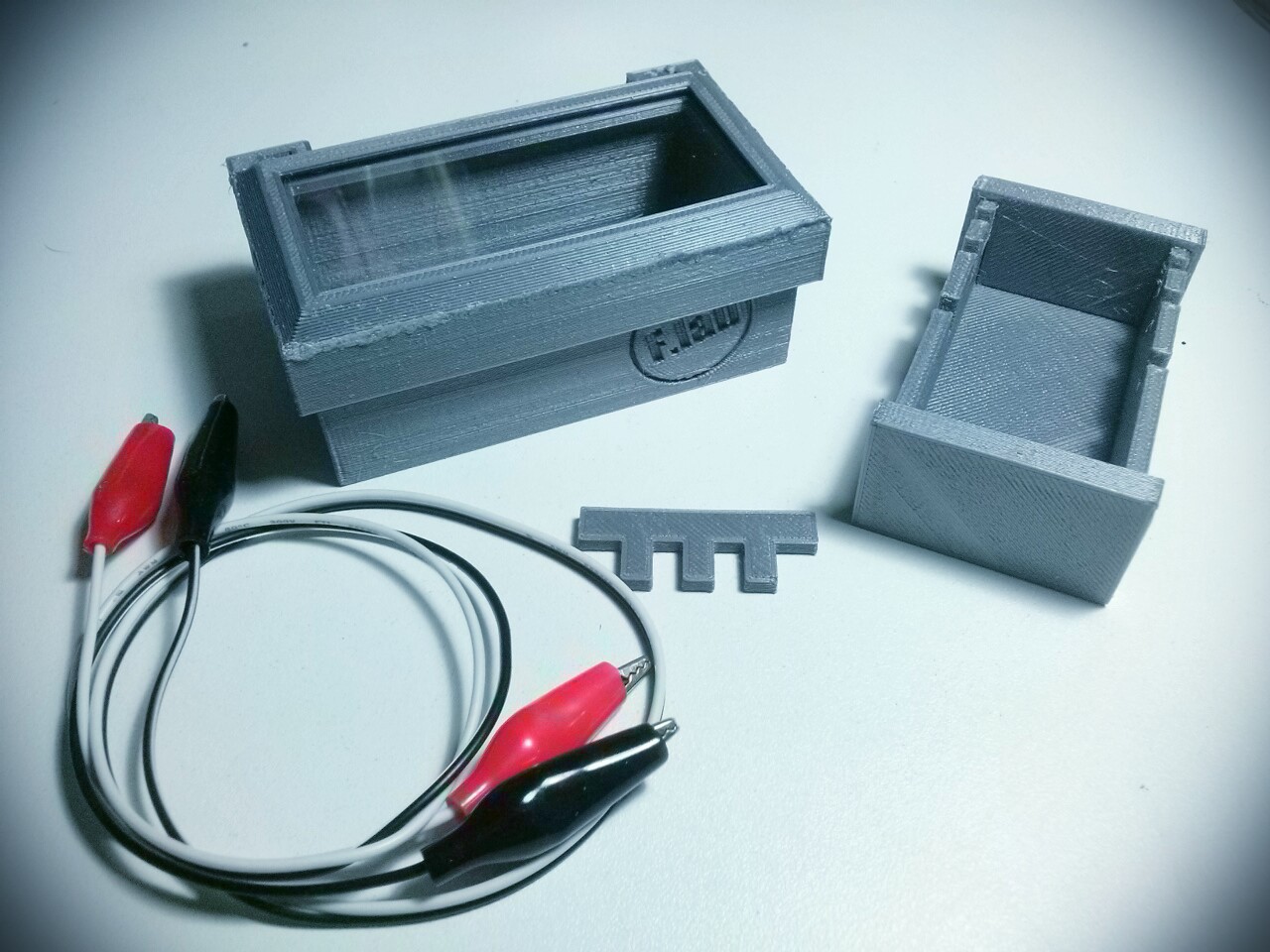
We've just finished up 3D printing our DIYbio electrophoresis system. We've been developing a protocol to use to test it. It will require the use of our previously completed systems, the centrifuge and magnetic stirrer. If all goes according to plan, it will go up on Thingiverse and Instructables. Until then, follow along here for updates.
You can download the files for our F.Lab equipment on Thingiverse here. Instructions on building the centrifuge are here via Instructables.
Follow ProgressTH.org on Facebook here or on Twitter here.
Create an account to leave a comment. Already have an account? Log In.
Become a member to follow this project and never miss any updates
By using our website and services, you expressly agree to the placement of our performance, functionality, and advertising cookies. Learn More
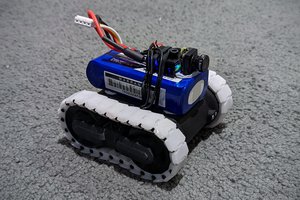
 Tobias
Tobias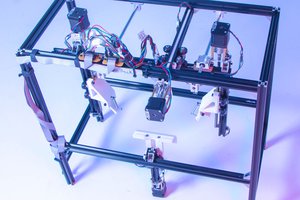
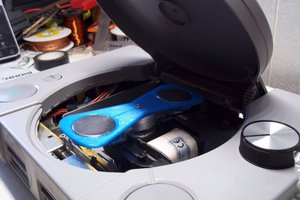
 Xylitol
Xylitol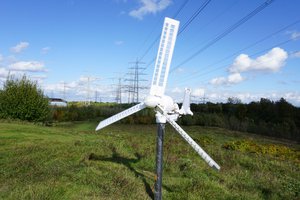
 Fabian
Fabian